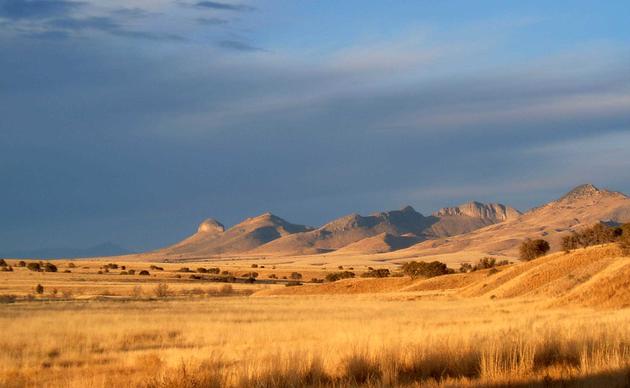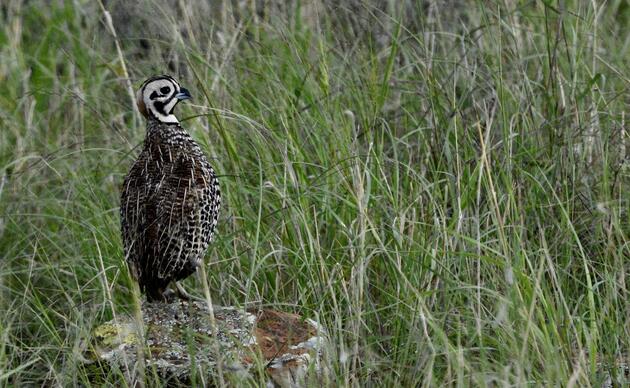With much of Arizona’s historic oak woodland and savannah already lost to development and other human land uses, and with climate change, aridification, and other stressors limiting the recruitment of new trees, the future of birds that depend on these habitats, birds like the Eastern “Azure” Bluebird, are finding themselves without the resources they need to thrive. These unique bluebirds, a distinct and isolated subspecies of Eastern Bluebird, are secondary cavity nesters, meaning that they nest within the old, abandoned nests of cavity excavators like woodpeckers (primary cavity nesters). Without large, old trees in which to nest, Azure Bluebirds are in trouble.
The obvious patch-fix is to provide artificial nesting sites, but while Eastern Bluebirds in the eastern United States take quickly to nest boxes, it’s been found to be more complicated in the southwest. Nest boxes are a relatively new concept for Azure Bluebirds, and some are quicker than others to take advantage. Tomost effectively help Azure Bluebirds, a bird listed by the Arizona Game and Fish Department as a Species of Greatest Conservation Need, we need to more fully understand what factors are behind their decisions.
Fortunately for the Azure Bluebird, Matt Jenkins, a first year Ph.D. student with Renée A. Duckworth’s lab at the University of Arizona, is as curious as we are. With his fellowship funds, he will be investigating the roles that genetics, behavioral flexibility, and experience play in Azure Bluebird nest box use. On top of his potential to make a significant difference for a species in need, Matt is excited to be working with a charismatic bird that has great potential to engage the public with science and conservation.
How you can help, right now
AWRR 2024 Annual Report
Do you ever wonder what keeps us busy on the Research Ranch? Dive in to learn more!
Donate to the AWRR
Donate today and help us continue our work furthering conservation science, engaging people with birds and their habitats, and improving habitat here on the AWRR. Every dollar counts!



